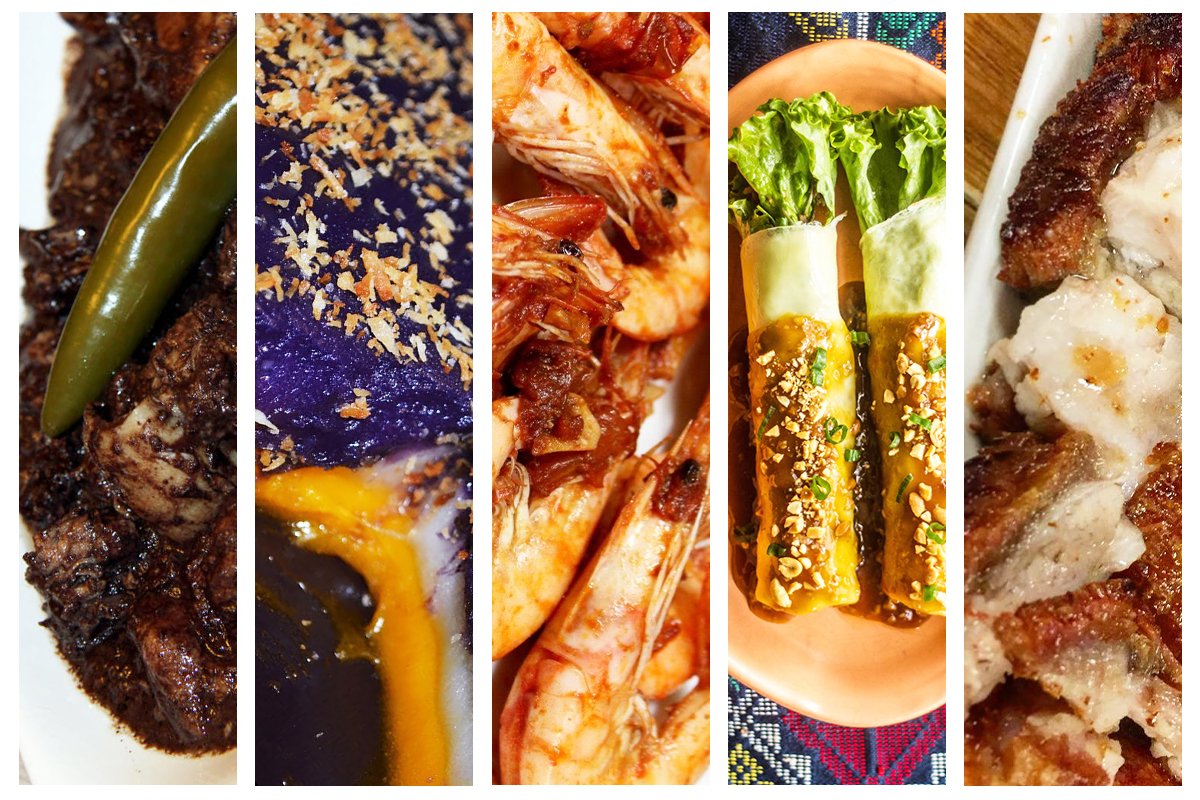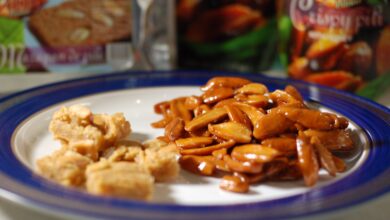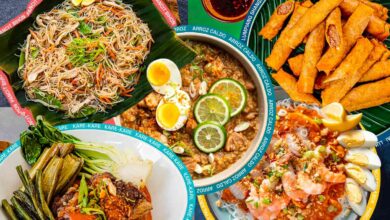
Why the World is Ready for Filipino Food
Back in 2012, American culinary expert Andrew Zimmern boldly declared that Filipino food was going to be “the next big thing.” Fast forward to 2017, and the host of “Bizarre Foods with Andrew Zimmern” on the Travel Channel remained firm that the Filipino cuisine’s rise to popularity is long overdue. According to Zimmern, the variety of Eastern ingredients along with European cooking techniques rooted in the country’s colonial history was a perfect marriage.
A lot has happened for Filipino cuisine since Zimmern’s initial prediction. The late Anthony Bourdain even returned to the country a few times, and he was always a big fan. Washington-based Filipino restaurant Bad Saint was named #2 best restaurant in America by Bon Appetit, Jollibee outlets in Europe opened this year (including Milan and Italy), and many more. With so many moving pieces to our cuisine’s becoming, and at such a rate, we now (again) ask, is the world finally ready for Filipino food?
Pinoy Chefs and Restaurants Rising Globally
Taking a traditional cuisine and adding something new to it is not a particularly new concept. It worked for Massimo Bottura who was featured in Netflix’s Chef’s Table Season 1. His concept is to juxtapose Italian culinary traditions and innovations with contemporary arts and designs, which translated to some of his most popular work such as The Five Ages of Parmesan. His restaurant, Osteria Francescana, has been included in the top five of the World’s 50 Best Restaurants awards since 2011.
This concept has been adopted by several Pinoy chefs not only here in the Philippines but also abroad. Bad Saint’s success can be mainly attributed to three Filipino-American chefs – Tom Cunanan, Genevieve Villamore, and Nick Pimentel – who came up with a different take to otherwise traditional Filipino food like Ukoy and Adobo. Ukoy is shrimp fritter usually mixed with bean sprouts and julienned squash. In Bad Saint’s version, the bean sprouts and squash were replaced with potatoes and cilantro. The all-time favorite adobo, on the other hand, is turned into adobong dilaw by these three chefs using turmeric and burnt coconut instead of the usual mixture of vinegar and soy sauce.
Maharlika Filipino Moderno in Manhattan, which is the brainchild of Filipino-Americans Nicole Ponseca, Enzo Lim, and Noel Cruz, as well as their Dominican chef Miguel Trinidad were listed in Conde Nast Traveler’s World’s Best List. The restaurant serves “some of the best Filipino cuisine outside Manila” according to writer Cherae Robinson. Aside from traditional Filipino food like daing na bangus and longsilog, they’ve also introduced some interesting twists to other popular Pinoy cuisine such as the [pancit palabok with uni] and Filipino-style fried chicken with ube waffles. Your Local, a restaurant in Makati, was also included in this list. Writer Ashlea Halpern gushed about the restaurant’s pomelo salad combined with shrimp, winged beans, wild rocket, yuzu, nam jim, pickled quail eggs, and Thai coconut ice cream. Doesn’t just reading that make your mouth water?
So What Now?
Be it here in the Philippines or overseas, we are seeing constant positive changes happening to Filipino cuisine. New twists are being added to our homegrown favorites, revealing flavors that we have never tasted before in our adobo, kare-kare, or sinigang. Is this a bad thing? Of course not. Some of our mothers, aunts, and grandmas may shake their heads at it, but this is a clear indication that the world is now ready for Filipino food. Our flavors are now being subject to modern interpretations, and adjusted to international palates. For so long, we kept our best recipes and flavors and secrets hidden in grandma’s kitchen. Now it’s time to share it. The world is ready.




